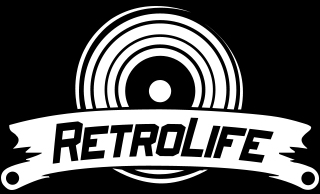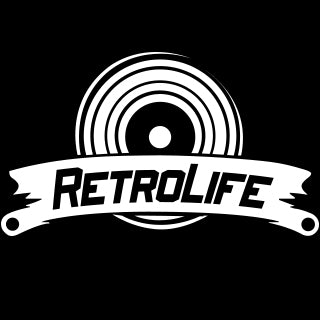If you’re new to the world of vinyl records, setting up your record player can feel a bit overwhelming. One of the most common questions vinyl beginners ask is: Do I need a receiver to connect my record player to speakers? Whether you’re upgrading your audio setup or buying your first turntable, understanding how your equipment connects is essential to getting the best sound out of your records.
What Is a Receiver and What Does It Do?
A receiver is an audio device that combines a preamplifier and a power amplifier in one unit. It serves multiple functions:
- Amplifying the weak audio signals from your turntable or other sources
- Switching between different audio inputs (like a CD player, streaming device, or TV)
- Powering passive speakers that don’t have built-in amplification
Think of a receiver as the “hub” that controls your home audio system and boosts the sound to your speakers. It’s closely related to an amplifier, but often receivers include radio tuners and input selectors.
Do All Record Players Need a Receiver?
No, not all record players require a receiver. Whether you need one depends mainly on whether your record player has a built-in phono preamp (pre-amplifier).
Turntables with built-in preamps can send audio directly to powered speakers or an amplifier/receiver because they output line-level signals.
Turntables without built-in preamps output a very low-level phono signal, which requires an external preamp or a receiver with a dedicated phono input to boost the sound.
How to Tell If Your Record Player Has a Built-in Preamp
- To check if your turntable has a built-in preamp:
- Look at the product manual or description. It usually states “built-in preamp” or “line-level output.”
- Check the output ports. If your turntable only has RCA outputs labeled “Phono”, it probably lacks a built-in preamp. If there’s a switch labeled “Phono/Line,” it usually means the preamp can be toggled on or off.
- Some models include USB outputs, which almost always mean the preamp is built in.
Connecting Speakers Without a Receiver: When Is It Possible?
If your record player has a built-in preamp, you have several options to connect speakers without a receiver:
Powered (active) speakers: These speakers have their own amplifier inside, so they can be connected directly to the turntable’s line-level output. Many modern Bluetooth speakers and studio monitors fall into this category.
Bluetooth speakers: If your turntable supports Bluetooth output or input, you can connect wirelessly without a receiver.
Powered speaker systems with RCA inputs: Simply connect the RCA cables from your turntable to the speakers, and you’re ready to play.
When Do You Need a Receiver or External Amplifier?
You’ll need a receiver or an external amplifier if:
- You have passive (unpowered) speakers, which don’t have their own amplifier and rely on an external source for power.
- Your turntable does not have a built-in preamp, so you need a receiver with a phono input or a standalone phono preamp to boost the signal.
- You want to integrate your record player into a larger home audio or theater system with multiple sources and surround sound.
Tips for Buying Speakers and Receivers for Your Vinyl Setup
- Start simple: If you’re a beginner, powered speakers with a built-in amplifier are the easiest way to get started.
- Match your budget: Receivers and passive speakers can offer higher-end sound but tend to be more expensive and complex.
- Consider space: Compact all-in-one units or Bluetooth speakers save space and reduce wiring clutter.
- Ask for help: If unsure, contact Retrolife for guidance on which products pair well together.
In summary, whether you need a receiver depends on your record player and speakers. Many modern turntables like those from Retrolife modern record player include built-in preamps and Bluetooth, allowing you to skip the receiver entirely. However, traditional passive speakers will require an amplifier or receiver to bring your vinyl to life.
Understanding your equipment helps you build the perfect sound system without unnecessary gear or confusion. If you have questions or need personalized advice, our Retrolife Support Team is always happy to assist you on your vinyl journey.

